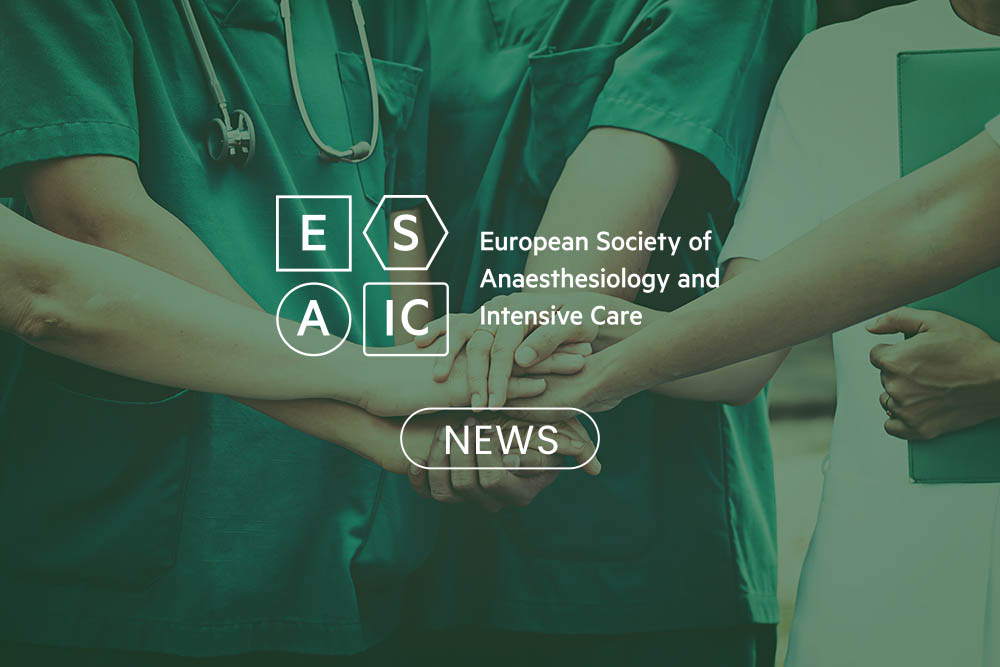Congress Newsletter 2021
Over 1kg of plastic waste is produced per patient anaesthetised, Spanish study finds
![]()
Over 1kg of plastic waste is generated per anaesthesia procedure, an audit of surgical patients in a burns unit in Spain presented at this year’s Euroanaesthesia has revealed. Plastic wrappers are the most common item of waste.
It is estimated that hospitals contribute up to 1% of solid waste in developed countries, with 21-30% of this coming from surgery. It has also been estimated that up to 60% of this waste could be recycled. Knowing more about how and when the waste is generated could raise awareness of the issue and aid with this recycling, as well as reduce the unnecessary use of plastics.
Anaesthesia residents Dr Fernando Suels and Dr Oscar Alfani and colleagues at anaesthesiology and intensive care department of Vall D’Hebron Hospital, Barcelona, Spain, collected and weighed the waste generated from anaesthesia procedures in the operating theatre of their hospital’s burns unit in November 2020. Waste generated by other teams was excluded.
They then looked at how the patient’s sex, health (ASA score), type and length of procedure and type of anaesthesia affected the amount of plastic waste.
The 10 women and 24 men whose burns operations were included in the study had an average age of 49.7.
An average of 1,057g of plastic waste was generated, per patient, from anaesthesia alone. General anaesthesia produced almost three times as much plastic waste (1,407g) per procedure as sedation / local anaesthesia (492g).
Examples of the plastic items discarded as waste include syringes, infusion lines, aspiration tubes and their wrappers.
The type of surgery (severity of the burn) did not affect the amount of plastic waste but longer operations were associated with more waste. There was no difference in plastic waste between male and female patients.
The anaesthesia of the sickest patients, those with an ASA score of IV, produced more waste. But, as there were only two patients in this category, no firm conclusions can be drawn.
Plastic wrappers were the most common item, although they did not account for the bulk of the weight.
The researchers say that it is likely that similar amounts of plastic waste are produced in other hospitals in Spain and around the world and, although some is recycled, more recycling could be done.
Dr Suels explains: “More than 50 types of plastic items are commonly used in the operating theatre and because almost everything is sterile and single-use, almost every item comes in a plastic wrapper.
“While materials that have been in contact with biological fluids cannot be recycled, it’s estimated that up to 60% of the plastic used by anaesthesia in surgery is suitable for recycling.
“Although there is some recycling of plastic wrappers and other items, more recycling could be done.
“Other strategies include working on the other two ‘Rs’ of waste management, Reduce and Reuse (where possible), which are even better for the environment than recycling, and running educational campaigns.”
Study author Dr Fernando Suels, Anesthesia and Intensive Care Department, Vall d’Hebron University Hospital, Barcelona, Spain can be contacted on: E) fsuels@vhebron.net
For the full abstract click here
For the full poster click here
Read More of our special newsletter covering our virtual congress.









